The Gelug School of Tibetan Buddhism
- Eric
- Last Updated : 05/29/2025
The Gelug Sect is a Tibetan Buddhist denomination. Tibetan Gelug means good at constraints in Tibetan. The school emphasizes strict observance of Buddhist law, hence its name. The monks and nuns of this school wear yellow monk hats, so it is also called the yellow sect.
The founder, Tsongkhapa was originally a Kadam monk, so this school is also called New Kadam. Gelugpa was born in the early 15th century. It is generally believed that the construction of the Gandan Temple in the seventh year of Yongle, Ming Dynasty(1409) marked the formation of the sect officially. It is the last created sect of Tibetan Buddhism but it became the largest sect due to the overthrow of Bka'-brgyud-pa (one sect of Tibetan Buddhism).
Today, the biggest Gelug Monastery is Drepung, which serves as an academy and university for thousands of monks. In Tibetan areas, there are approximately 1700 temples and monasteries to spread the denomination to all those interested in learning its roots, beliefs, and pillars.
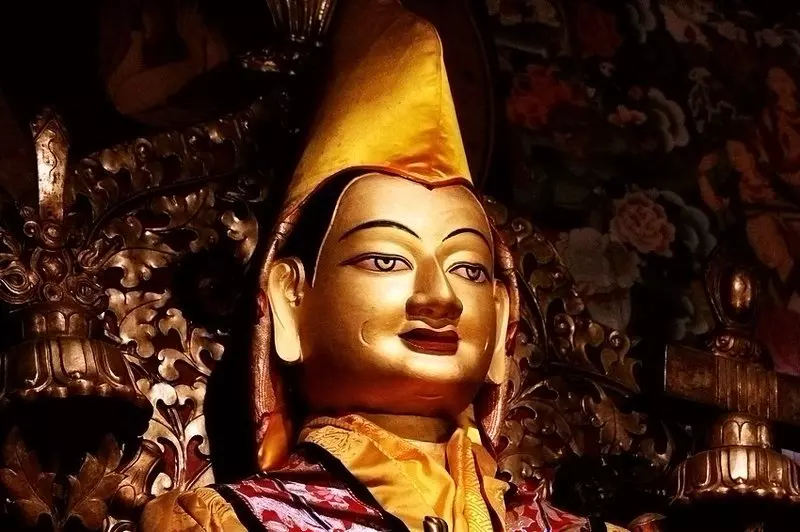
Gelug School
Gelug School is well known for its Tibetan Buddhist traditions. Among four principal schools of Tibetan Buddhism, it is one of the largest schools, founded in the 15th century by Tsongkhapa, a philosopher, and Tibetan religious leader. Tsongkhapa started his study at the age of three. After spending twenty years of study with Nyingma, Sakya, Kagyu, and Kadam, he arranged a great committee to review monastic disciplines which triggered a new wave of monastic renewal that affected the whole Tibet. During his life, his followers founded three great Gelugpa universities of Ganden, Drepung, and Sera near Lhasa. In the Gelug School, the lineages and institutions of both Dalai Lamas and Panchen were developed.
Gelugpa School - "The Way of Virtue"
Gelug School "The Way of Virtue" also known as the Yellow Hat Sect, started as a reformist movement and became a particular teaching form later on. It puts the main emphasis on debate and logic, also a strong focus on discipline and ethics. Gelug is an abbreviation of “Ganden Lug”, which means “Ganden Tradition”. The first Gelug monastery was founded in Ganden, and the Ganden Tripa was known as the head of Gelugpa. Three important centers of Gelugpa are Sera, Drepung, and Ganden, monasteries.
Gelug School focuses on the pure philosophical study of classical Indian treatises. It put emphasis particularly on five main topics called “Five Major Treatises”: 1) The Prajnaparamita (Wisdom perfection), 2) Madhyamika (Middle way philosophy), 3. Paramana(Valid cognition), 4) Monastic (Vinaya), 5) Abhidharma (Phenomenology). These treaties are taught with great details using the analytical method. These texts are studied over a period of fifteen years using a number of Gelukpa commentaries; most of them are unique to each monastic college. After completing such a degree, one gets one of the three Geshe Degrees, the high academic degree equivalent to masters in Buddist philosophy: Dorampa, Tsogrampa and, Lharampa (highest) degree.
Dalai Lamas
Dalai Lamas is the title given to the spiritual leaders of Tibetan people being part of the Gelug school of Tibetan Buddhism. They are considered successors in a line of Tulkus who are believed to be avatars of Avalokitesvara, a Bodhisattva of Compassion. For many years, the Gelugpa School had been the central force in Tibet, but now it is preserved in Gelugpa monasteries in Tibet. The Dalai Lama lineage started from humble beginnings. The first Dalai Lama was Gendun Drup, who met and became a student of Tsongkhapa in 1415 and later became known as the First Dalai Lama. After Gendun Drupa died, a young boy of central Tibet was recognized as his Tulku, reincarnation or rebirth.
The current 14th Dalai Lama, Tenzin Gyatso, has been serving since 22nd February 1940 to the present. He was born in Takster Amdo, Tibet and in 1937 was nominated as the Tuluk of the 13th Dalai Lama. In 1939, at a public declaration, he was officially recognized as the 14th Dalai Lama. His inauguration ceremony was held on 22nd February 1940 and finally accepted the full temporal duties on 17th November 1950, at the age of 15 only. He has traveled all across the World and has raised his voice for Tibetans’ welfare; he has dedicated his life to Buddhist teaching and to gaining the respect of Tibetans.
Conclusion
With its strong philosophical roots, strict discipline, and the Dalai Lama lineage, the Gelug Sect has shaped Tibetan Buddhism profoundly. From Tsongkhapa’s reformist beginnings to its rise as Tibet’s leading school, Gelugpa continues to inspire monks, scholars, and seekers through its monasteries, teachings, and message of compassion, wisdom, and ethics.
Email response within 0.5~24 hours.


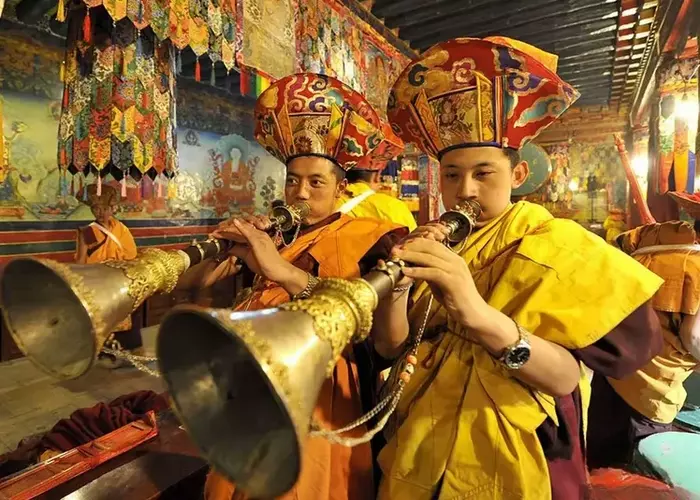
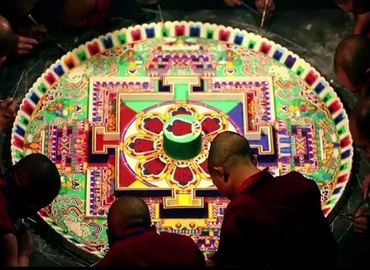
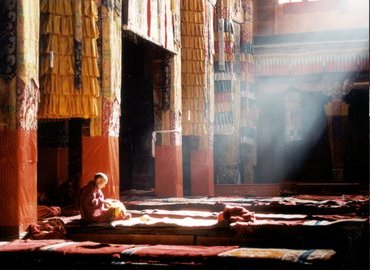
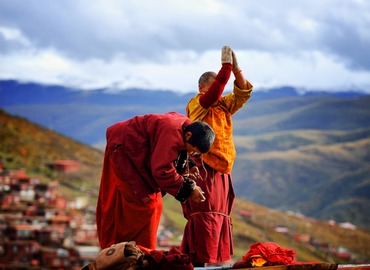

Typically Asked Questions from Our Clients
Asked by Gerh***
Guten Morgen,
Ich würde gerne den Buddhismus von Anfang an richtig lernen. Würde daher gerne in ein Kloster als Schüler ziehen. Bin aber leider schon 68 jahre und kann kein Englisch. Vielleicht gibt es die Möglichkeit den Unterricht auf Deutsch folgen zu können?
Wenn dann möchte ich fix ins Kloster ziehen und dort nach den Regeln leben.
Dear Gerh****,
According to the authority, all foreign tourists can't stay overnight in the monasteries. We are a travel agency and can only arrange the tours to visit the monasteries.